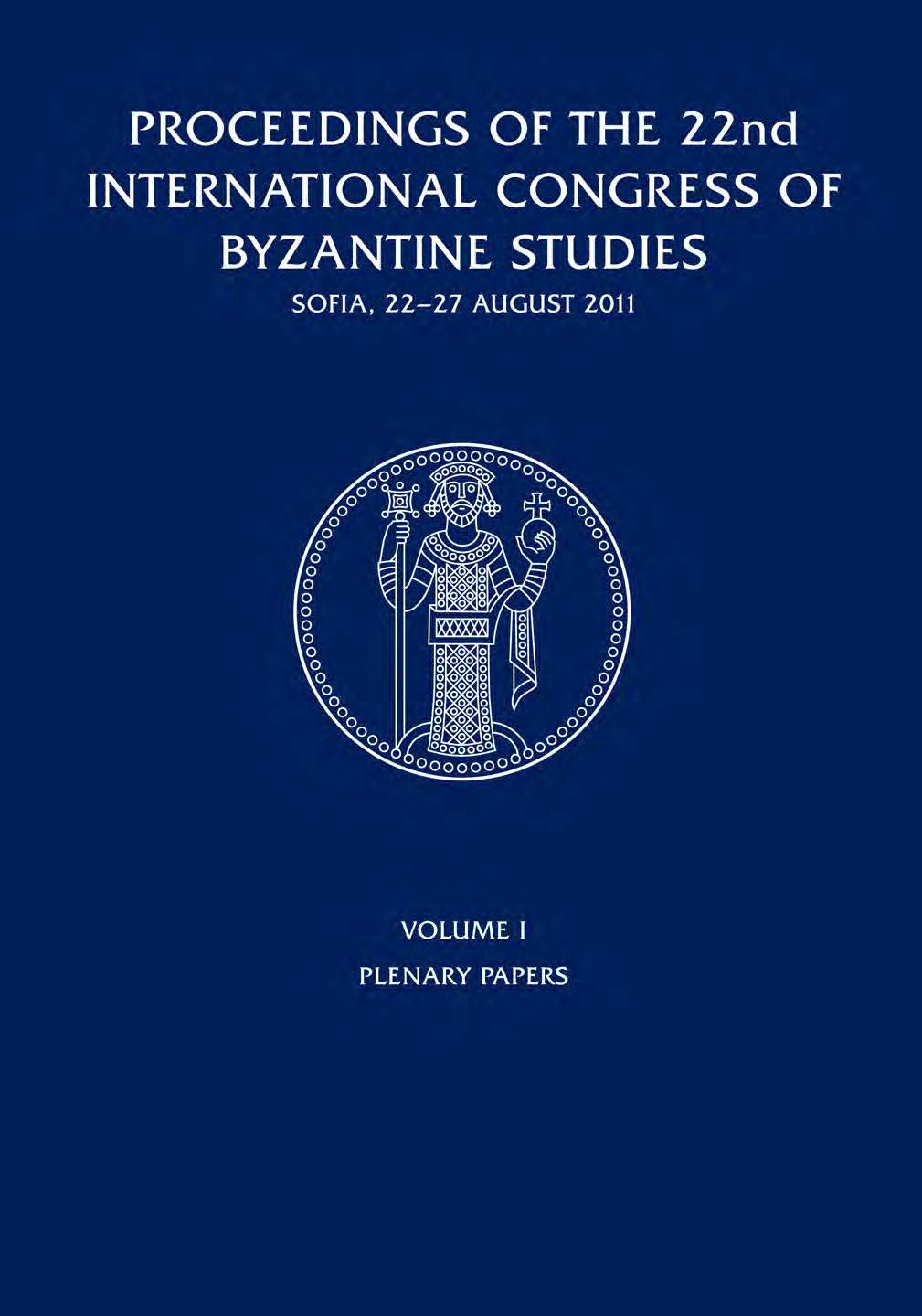
We kindly inform you that, as long as the subject affiliation of our 300.000+ articles is in progress, you might get unsufficient or no results on your third level or second level search. In this case, please broaden your search criteria.

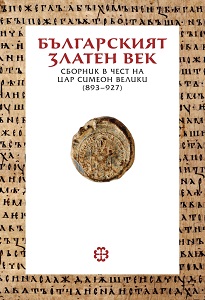


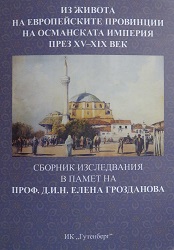
In this paper a hypothesis has been discussed that during a certain period of time at the beginning of 19th century at the tekke of Salaheddin baba (which turbe has been built by the famous Osman Pazvantoglu in the town of Vidin in 1801), there was a book collection or a library. This case study has been examined in the context of several topics: 1) the history of the town of "Islam serhad" Vidin; 2) Osman Pazvantoglu and his family; 3) Osman's activity in the field of Islamic charity and his building works; 4) the cult of Muslim Martyrs, precisely of "late" sehids, and the image of sehid Salaheddin/Salatin baba, killed in the battle when the Austrians besieged the Vidin castle in 1689; the tekke is mentioned in documents as a tekke, baba hanegah, zaviye, dergah and financially was supported in the 19th century by the vakf of Osman Pazvantoglu; according to the Muslim' folklore from Vidin his turbe became a worship place and Salaheddin was honoured as a healer; 5) the library of Osman Pazvantoglu; 6) Data found in the Catalogue of the Osman Pazvantoglu's Library from 1837 and in a manuscript from the same library, support the hypothesis of the existence of a book collection or a library in the tekke of Salaheddin baba, the books of the tekke have been moved to the public library of Pazvantoglu probably before 1837. The collection consisted of 30 manuscripts, 11 of which were described in the section "Sufizm, moral and sermon" of the Catalogue from 1837.
More...
Representatives of the Turkish population in the town of Samokov develop a rich literary activity during the Ottoman period. Seven authors and 47 copyists create a very rich production, especially in 18th century. Ahmed el-Keshfi es-Samakova (d. 1747) is among the most prominent names from the end of 17th - first half of 18th century. He is a prolific writer, copyist, commentator of esoteric works and creator of a rich waqf library in Samokov. His production as a copyist counts 101 volumes, part of which feature collections containing two or more works. The earliest copy - Sharh Manar al-anwar li'n-Nasafi, which is a work in the field of Islamic law, has been completed in 1685. The analysis of the production of the authors and the copyists from Samokov gives us a reason to define this town as a center of literary activity of the local Muslim population.
More...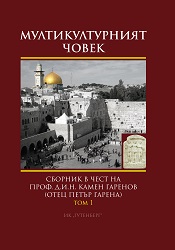
The paper presents part of a hoard containing items of armaments, horse trappings and everyday objects discovered accidentally on the land of the village of Markovo, Shumen region. While inspecting the site of the discovery on the surface the author came across an array of heavily decayed iron items from tools, cattle-breeding equipment, animal bones as well as some fragments of building ceramics and pots of engraved linear decoration and polished strips from the VIII-th - X-th c. The Old Bulgarian signs engraved on some of them refer to the same period and have numerous analogies from Pliska, Madara and Preslav. Then the author assumed that a medieval settlement probably existed in the site of the discovery or the objects fell there by obscure circumstances most probably from the nearby large but insufficiently studied Hambarluk fortress from late Antiquity and the Middle Ages which came into existence in the V-th - Vi-th centuries and continued existing until the XIV-th c. The published materials by analogies fall withing the chronological boundaries of the early Bulgarian Middle Ages and specifically in the mid-X-th - late XI-th centuries.
More...
The village of Gintsi is located in Western Bulgaria, at the foothills of the Western Balkan Range and at about 50 km of Sofia. Once a road connecting Moesia and the river Danube with Sardica and Macedonia used to pass through the village. There were also fortifications around it, as evidenced by the toponym "Kaleto", relevant to two elevations at both sides of the route to Petrohan pass. According to a record dated from 1490, the village had an entirely Christian population, as did the entire area in the vicinity of Sofia. A Turkish register shows that the church in the village, that can be dated from the Middle Ages, continued to exist. According to its plan, the St. Nicholas of Myra belongs to the most widespread type of churches in Bulgarian lands in the Middle Ages and the National Revival, the single-naved basilica. The church has a semi-circular central apse inside and out, a naos and a narthex (added later). The entrance is one from the west, through the narthex into the naos. It has a barrel vault and has a gable roof with wooden casing and tiles, completely in the style of West Bulgarian single-naved churches in the period from the end of the 12-th to the 19-th century. The building technique is traditional for West Bulgarian lands. The material used was hewn and river stone, joint with white mortar. The church was decorated with murals. There were three distinctive period of decoration, with almost nothing remaining from the first murals. The murals are in three artistic layers.
More...
This paper analyses the critically well-known thesis of Prof. Peter Moutafchiev about the raises and falls in Bulgaria's development. We know that, counting the studies of the Russian scholar Alexander Hilferding, Prof. Moutafchiev came to the conclusion that Bulgaria's development was erratic and did not have periods of "peace" - everything featured rapid progress and equally rapid decline and crises. The Bulgarian scholar cited Serbia as an example of slower for more regular progrss. The author attempts to question the general validity of this opinion. First of all, it was dedicated by the historical period in which Prof. Moutafchiev lived and worked. Then Bulgarian history itself was transmitted under the influence of the notion that it consisted of a series of successes and failures. Serbia could hardly be a comparison factor as the main sources about its development are the vitas of its rulers written by their sons and close relatives. Third, there are hardly societies and countries on a European or world scale that have not been subject to the "historical sine" of which Moutafchiev speaks. The author of the article appeals for abandoning the romantic approach in reconstructing the Bulgarian past, which demands rapid events with a fatal outcome. Instead, he offers a narration based on Fernand Braudel's idea of continuity and longue duree.
More...
The study focuses on the problem of 'master-slave' relations in Modern Times. Analysing the ideology of slave ownership in the United States, the author puts forward the arguments about the continuity of the 'master' attitude in the conditions of the liberal democratic West.
More...
Eastern Roumelia received its fundamental law drafted by a specially European commission. It is quite a detailed document providing for all aspects of life of the Roumeli citizens. The Organic Statute of Eastern Roumelia defined the new political formation in the Balkans as a state of modern (for that time) bourgeois-liberal type. It had all the features of and independant state: its own government, a representative authority elected by the people and a national army. The sovereignty of the sultan was included in the Statute, but thanks to the efforts of Eastern Roumeli political figures, it soon became nominal, without any serious power in the region. Unlike the neighboring countries (the Ottoman Empire, the Principality of Bulgaria, Serbia, Greece and Romania) there was no legalized and preferred religion in Eastern Roumelia. All religious issues were placed in the hands of the religious communities and the state did not involve itself with them. The only condition was that they should not violate any of the laws valid to the region.
More...
Stefan S. Dobchev was a noted Bulgarian public figure, scholar and statesman. Even in his early years he established contacts with the Russian Slavic societies. At the end of the 19-th century and the beginning of the 20-th century, when the blocks in the future world war were formed, he became an active participant in the movement for unity of Slav peoples. The idea was that they should not be placed in a confronting position in the world military conflict that that was forming. Stefan Bobchev was one of the active organizers of the Slavic associations of the intelligentsia and other such estates. Stefan Bobchev stood out as an active organizer and political figure in the field of the struggle for Slavic unity. Until the end of his life, he remained a firm believer in the unity of Slav peoples.
More...
The numerous and once monolithic Bulgarian national enclave, which had lived for many years in the Northern Pryazovia steppes, suffered numerous calamities. The first settlers arrived in the Pryazovia in the summer and fall of 1861 and the settlement was finally completed only in 1863. The social and economic development of the Bulgarian colonies was under the influence of the system of assimilation policy of the Russian Empire in respect to national minourities. In spite of the conditions, some Bulgarian port settlements quickly turned into commercial and industrial centres. The Bulgarian settlers upheld their Bulgarian national identity against the pressure of the assimilation policy mainly by preserving their native language, everyday life, customs, rites, feasts and folklore. In the first years of settlement the Bulgarians, particularly those in the Crimean Peninsula (Tauris) focused on and managed to achieve the opening of schools, at first only in several large settlements and later in all Bulgarian villages. In Preslav there was even a Central Bulgarian School subordinate to the Ministry of State Properties. Russia's assimilatory imperial policy also influenced the cultural development of the Bulgarian settlers. Official lay and church authorities were hostile to the language and some elements of the traditional life of Bulgarians under the pretext that they were heathen. Bees and other youth gatherings of definitely Bulgarian outlook were presecuted. Theatical and other amateur performances n Bulgarian were banned. At the same time, as loyal subjects, Bulgarians were active participants in World War I, in both recruitment and requisition. The Civil War did not pass by the Bulgarian settlements either. In some parts they formed armed bands and became part of the Free Territory organized along anarchist lines. At the establishment of Soviet power, the Ukrainian government was headed on three occasions by the Bulgarian Krustyu Rakovski. When Tauris became Soviet, the mayors, clerks and popular guards who enjoyed confidence in the Bulgarian settlements were s wept away. About then or more thousnad Bulgarians perished in the turbulent period of 1917-1922. The intelligentsia, which usually came from broad-minded affluent families, war a particular victim. The road to inveigle the authorities to grant some cultural (and partly administrative) "autonomisation" of the Tauris Bulgarians was opened with the establishment of a Bulgarian Bureau with the Central Commitee of the Communist Party (Bolshevik) of Ukraine and the publication of the 'Surp i Chuk' (Hammer and Sickle) newspaper in Bulgarian. The resistant against collectivization and the subsequent artificially induced famine in 1932-1933 cost the live of 20 000 Tauris Bulgarians. This also continued during the unprecedented Great Purge until Stalin's death in 1953 to which many Ukrainian Bulgarians fell victim.
More...
The life and work of the Turkish journalist and publicist M. N. Deliorman, packed as they are with plenty of valuable information about the history of the Turkish community and the political history of Bulgaria, deserve to be reached. After presenting the most important points in the biography of M. N. Deliorman, this paper discusses in great detail his reports from Bulgaria, which he sent as a correspondent in the course of nearly two months directly after the coup on September 9, 1944.
More...
The Macedonian charity, cultural and educational fraternities in Bulgaria were established by the refugees from Macedonia who came to this country after Kresna-Razlog Uprising in 1878, the Illinden (St. Elijah's Day) Uprising in 1903, the Second Balkan War in 1913 and World War I. They originated on a purely fraternity basis with the aim of charity work, mutual support and preservation of family roots. The number of fraternities established by the refugees grew with their number in Bulgaria, running parallel to and enrichment of the forms of organization: clubs emerged, ephorie (boards of trustees), cooperatives, cultural and educational scocieties, orphanages, including banks such as the Macedonian Cooperative Bank and the Macedonian Popular Bank, and the Macedonian Research Institute among others. At the beginning of May 1934 there were about 540 Macedonian refugee structures established all acros Bulgaria with 50634 regularly reported members. The activity of the Macedonian fraternities was officially terminated with Decree № 130 of 1951 of the Presidium of the National Assembly. A special circular letter of the Ministry of Justice was issued whereby the company cases of the refugee organization were transferred to the regional and district courts where single-member panels presided. The decree of the Presidium transferred the entire property of the Macedonian charity fraternities and other Macedonian organisations to the newly-established Gotse Delchev Society in Sofia.
More...
The paper of the two authors essentially provides the academic, cultural and political audience with the opportunity to have contact with an authentic document which was preserved for over 40 years. It is a tale of what was heard, seen and particularly experienced in the 1970's in the relations between the two political colossi in Bulgaria at that time. The account of the meetings with Todor Pavlov and the facsimiles of the published documents provoke the way of thinking of contemporary times and the conclusions that can be made.
More...
Civilizational accumulations, the deformations of various nature and the need to rationalize them give rise to contradictory opinions about identical processes and events. Several Balkan authors are presented, as well as their views and methods and models they use. The Croatian DubravkaUgrešić and her painful nostalgia for the disintegrated Yugoslavia in 'The culture of Lies'; Turkish historian Fikret Adanir with his work on the Macedonian Question 'Die makedonische Frage. Ihre Enstehung und Endwicklung bis 1909', in which the leitmotif of the study is the principle of the Ottoman 'milliyet' system; as well as the book of Greek author Anastasia Karakasidou 'Fields of Wheat, Hills of Blood: Passages to Nationhood in Greek Macedonia, 1870-1990', first published in the United States. It speaks of the Bulgarians in Aegean Macedonia, as well as the fate of the Macedonian citizen Vladimir Paunovski and his report revealing the ideology of Yugoslavism and Titovism, which generated Macedonism and the Macedonian language. The paper also reveals the connection between their views and their attitude towards the doctrinal framework of Benedict Anderson's fundamental for modern anthropology work, 'Imagined Communities'.
More...
The author makes a short review of publications of Arabic Ottoman inscription in honour of a sheikh. The paper provides a facsimile, a deciphered text transcribed in Latin, a translation in Bulgarian and coments on the monument. The inscription shows that there were members of the Qadiri tariqa (Sufi order) in the 18th century in Plovdiv and maybe that there was a tekke of this brotherhood.
More...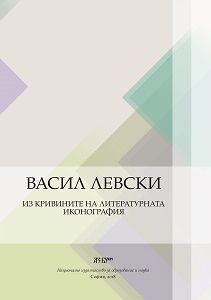
The paper examines for the first time the initial reception of Vasil Levski’s image and significance in the British daily and weekly press in the period 1867 – 1908. Commencing with a curious case of the first appearance of his name in the British press, the paper focusses further on press contributions reporting on a series of Bulgarian state ceremonies and commemorative events that, on the one hand, function as rituals of state iconisation of the Bulgarian national hero Vasil Levski and, on the other hand, exploit his high status for political purposes. In its final part the paper presents the first critical voices in the British press against the political instrumentalisation of Vasil Levski’s image in Bulgaria.
More...
The essay attempts to juxtapose and analyze the divergent and often contradictory stories accompanying Vasil Kunchev’s path into and out of monasticism, his subsequent religiosity, and his Christian consciousness. It outlines the image of a man experiencing doubts and inner conflicts but preserving his faith. His letters and proclamations clearly reveal how the knowledge of Christianity he had received and his life of faith shaped his revolutionary philosophy.
More...